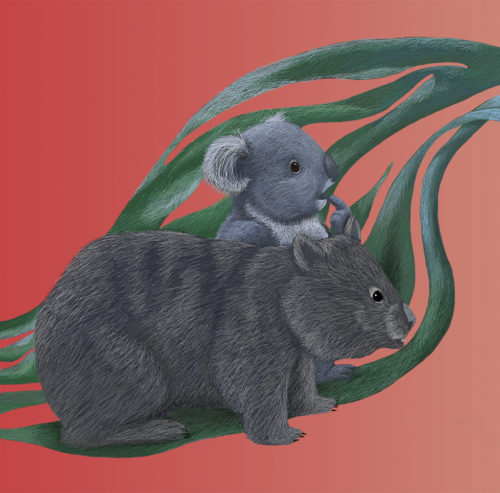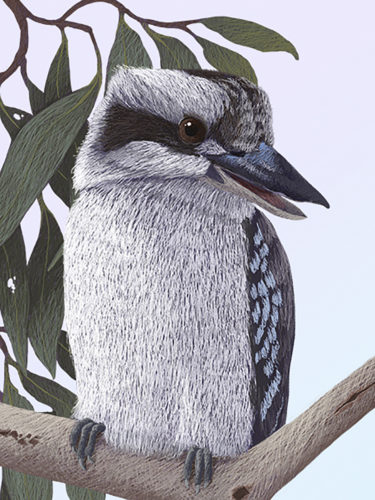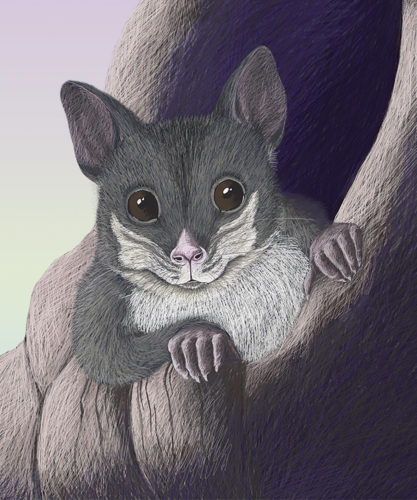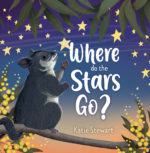Katie Stewart on why she populates her picture books with animal characters

One of the questions I get asked about my picture books is ‘Why are they about animals?’ The automatic response for me would be ‘Because I love animals’, but the truth is a little more complex.
I don’t think my love of animals was innate. I didn’t come from an animal-loving family. We had a few pets along the way, but in general I was the only one to take an active interest in wildlife. My love of nature began, I think, with a tiny book of birds given me by my teacher when I’d missed out on a school trip to the zoo. The book fit into my pocket and I carried it everywhere, ticking off each bird as I saw it. Then I started copying the pictures and two hobbies were born – drawing and bird-watching. You can’t go bird-watching without observing other animals as well, so animals of all kinds became part of my life.

My use of animals in picture books is a way of trying to stir a love of the environment in children. That’s specifically why I use Australian animals. I was brought up on Beatrix Potter, and I have to admit that I have a soft spot for rabbits (not a good thing for a farmer’s wife), but Aussie kids need to know about their own wildlife. The animals in What Colour is the Sea? are the more commonly known animals. In Where do the Stars Go?, I’ve included some that even a few adults may never have seen. I hope it will encourage children (and adults) to find out more about them.

There are other reasons why I use animals as well. The first is to do with why books are chosen off the bookshop shelves. Studies have shown that there are far more books with male characters than there are with female characters. The easy solution should be to write more books with female characters, but other studies have also shown that whereas girls might read books with male main characters, boys don’t tend to read books with female main characters, and those who purchase the books (mainly grandparents) don’t buy books with female characters for their grandsons. Some authors get around that by giving their character a non-gender specific name and having their illustrator draw them in such a way that they could be either. Another solution is to make the main character an animal. Either way, Grandma is not tempted to buy her grandchild a book on the basis of whether it has a boy or a girl on the front.

The other useful aspect of using animal characters is that it helps the author to avoid difficult situations that would require too much explanation. In What Colour is the Sea? for example, Koala can’t get a satisfactory answer to her question and so sets out through the night to get to the ocean to find out for herself. She’s away all day. How would that play out if the main character was a three-year-old girl? A simple picture book would become a novel. As the point of the story is not that the main character goes off on her own, but rather that she looks for her own answer, it was far easier to use a koala.

My last reason for writing about animals is that, as an illustrator, I find it far easier to draw animals than people. But that’s my little secret. Don’t tell anyone!
Having said all this, it doesn’t mean that I will always use animal characters. I have quite a few stories in my head that have human characters. I just need to write them. For now though, my books are about Aussie animals and I’m happy with that.



